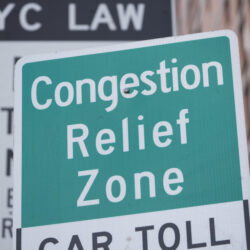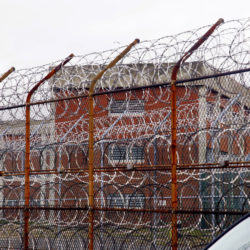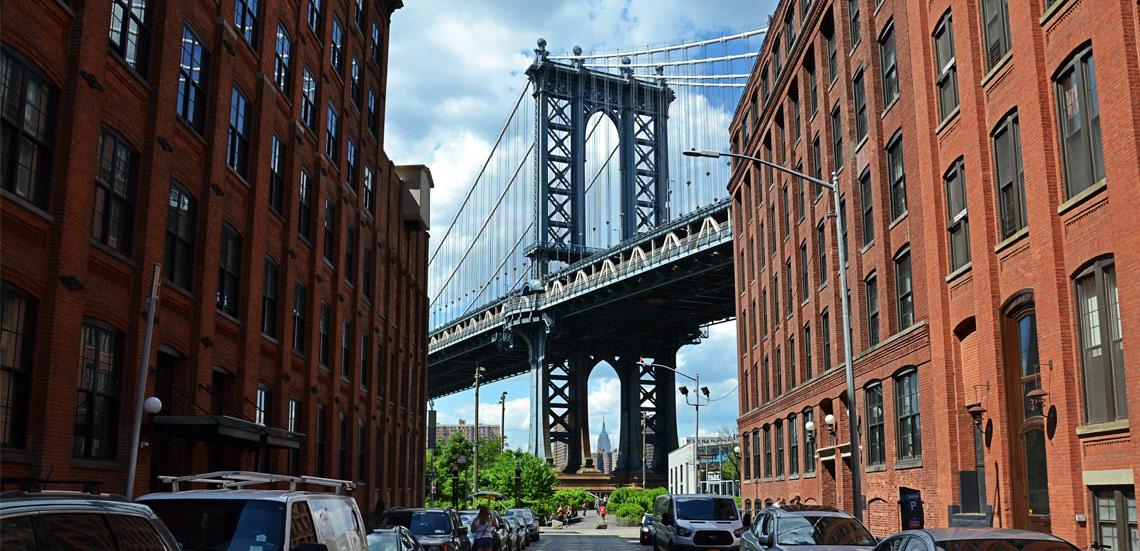
✰PREMIUM
Spotlight: What happens to undocumented immigrants in detainment?

News of Immigration and Customs Enforcement raids is making headlines around the country as President Trump makes good on his promise to deport as many undocumented immigrants as he can — starting with immigrants who have a criminal record. In New Jersey, immigration officers without a warrant arrested three undocumented workers at a fish market. In North Texas, targeted operations resulted in the arrests of 84 people. In New York City, 100 people were arrested in the first week after ICE raids began, many of whom had little to no criminal record.
The Trump administration is keeping quiet about what happens to these people post-arrest, but we know the arc of the deportation pipeline: arrest, process, detain, adjudicate and remove/repatriate.
The most grueling step, both for ICE and the people they arrest, is the detainment stage, in which thousands of undocumented people wait in jails and holding centers for weeks, months or even years for their turn to go before a judge. During that time, they can experience mistreatment, deprivation, psychological distress and the trauma of forced separation from their children.
Although ICE is legally permitted to transport detainees anywhere in the country, they historically tended to keep people in facilities relatively close to where they were arrested.
For New Yorkers, that typically means the Orange County Correctional Facility in Hudson Valley, the Elizabeth Detention Center in North New Jersey or the larger Moshannon Valley Processing Center in Central Pennsylvania. Detainees are also held at a smattering of detention facilities in the tri-state area and at local jails that are contracted with ICE to hold foreign nationals.
Testimonies from former detainees at each of these locations reflect the same sentiment: At a detention center, you are not treated like an immigrant, you are treated like a criminal.
Moshannon Valley, which is the largest immigration processing center in the North East with a capacity of 1,876, was described in testimonials as having “inhumane, punitive and dangerous conditions,” including patterns of mistreatment, physical abuse, racial discrimination and medical neglect. Some have reported use of solitary confinement on detainees for as many as two months.
Former detainees at Orange County claimed in a 2023 lawsuit that correctional officers regularly retaliated against them for perceived slights, and neglected and abused them.
The lawsuit described conditions “marked by deprivation and abject suffering. Assaults and racist verbal abuse by staff run rampant. Basic medical and mental healthcare are frequently delayed or denied altogether. Inedible meals comprised of rancid meat have been the norm. Access to immigration counsel is often non-existent.”
“We’re not jail inmates. We’re ICE detainees. We’re not waiting for sentencing, but they’re trying to treat us like criminals,” Nahum Gilberto Ortiz, one of the plaintiffs, told the Times Herald-Record.
The same has been said about Elizabeth Detention Center. “It’s very arbitrary how people are treated, but the norm seems to be mistreatment,” said Katy Sastre, the executive director of immigrant advocacy group First Friends of New Jersey and New York.
If an immigrant already has removal orders — often when they possess a criminal record or arrived within the last two years — detainment is a waiting game until deportation. But others are granted the right to defend themselves in court, which can mean navigating a justice system they don’t understand, in a language they may not speak. In years past, the legal and psychological stress of this predicament was offset, at least in part, by their access to legal representation, friends and family.
What’s different about ICE’s modus operandi under Trump 2.0 is the aggression with which they appear to be denying detainees these scant comforts and defenses, operating a deportation blitzkrieg that uses speed and surprise to cut off avenues of recourse.
Rather than keeping detainees close to their city, ICE agents are shuttling them to more remote locations, often southern states like Texas and Louisiana. Trump has also begun transporting detainees to Guantanamo Bay, though three lawsuits have already been filed to contest this practice.
“I think that they’re trying to move people as quickly as possible away from their arresting city or state to make it much harder for them to connect with legal representatives or their families,” said Murad Awawdeh, President and CEO of the advocacy group New York Immigration Coalition.
Isolated from their support systems and hidden from watchdogs, immigrants are vulnerable to coercion and the violation of their civil rights.
“We’re hearing reports of people being forced to sign letters that they agree to be deported,” Awawdeh said. “We’re seeing that the Trump administration is gutting the immigration justice system… with the intent of quickly removing people from the country.” Anecdotes from around the country support these claims.
Speed can mean less time spent waiting in detention centers, but it also makes it much harder to connect with family, especially across multiple state lines. Children left behind by detained parents — a common occurrence because of the nation’s birthright citizenship laws — will likely struggle to get clear information about what’s happening to their loved ones. As of 2021, approximately six million minors in the U.S. lived with at least one family member, often a parent, who is undocumented, according to the American Immigration Council.
If a documented child is left without a guardian because one or both of their parents were detained by ICE, they will either go into the custody of whoever their parents designated or, if no one was designated, they may go into foster care. U.S. citizens are legally prohibited from staying in an immigrant detention facility, so these children will not be allowed to remain with their parents.
The speed of the deportation proceedings means it is highly possible children will not see their parents again before deportation.
The psychological and emotional toll of family separation on children is profound. Studies have shown that separation can lead to long-term trauma, including anxiety, depression and post-traumatic stress disorder.
None of this is new. The American immigration system has always been a complex, grueling and often cruel labyrinth. But under Trump’s second term, the system is less a maze than a meat grinder, operating at full speed to process and eject as many people as possible as quickly as possible.
“Congress allocates over $3 billion a year so the U.S. government can maintain the largest immigration detention apparatus in the world,” said Jesse Franzblau, senior policy analyst with the National Immigrant Justice Center, in a 2024 interview with The Guardian.
All indications are that Trump will continue to ramp up his deportation machine in the months to come.
Leave a Comment
Leave a Comment





